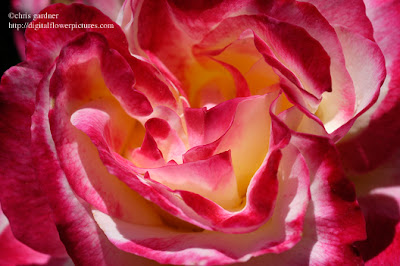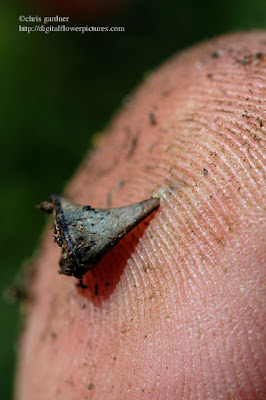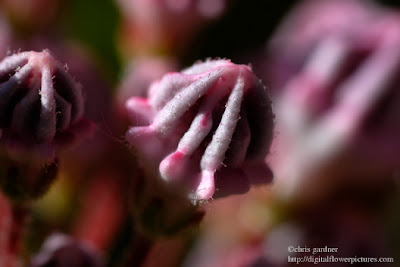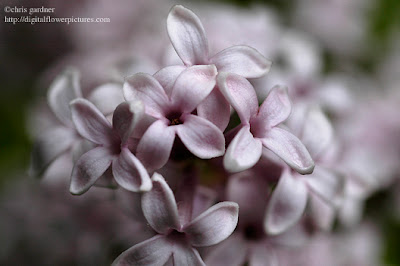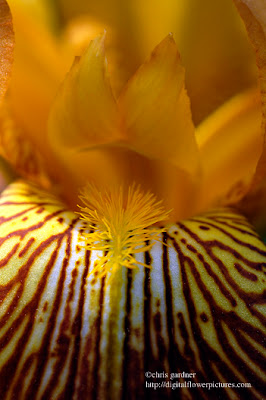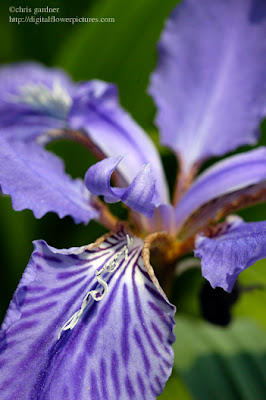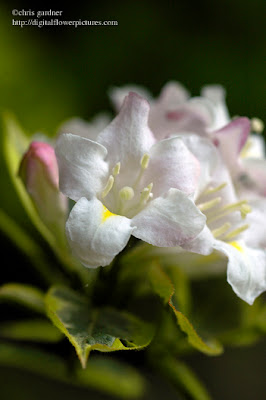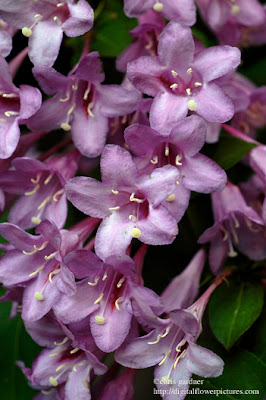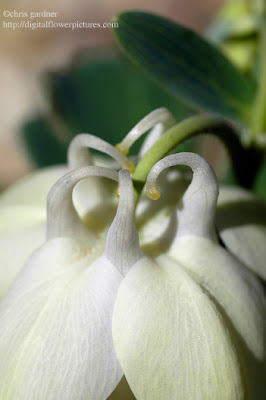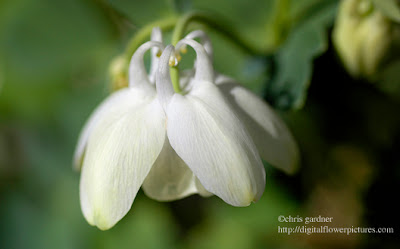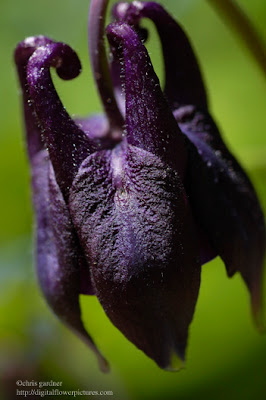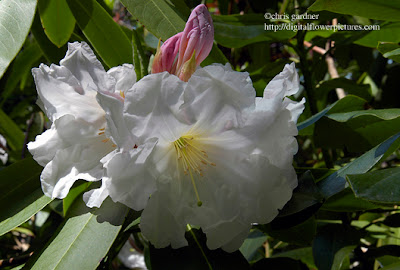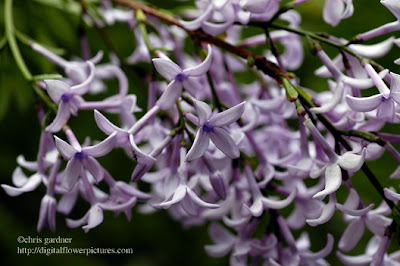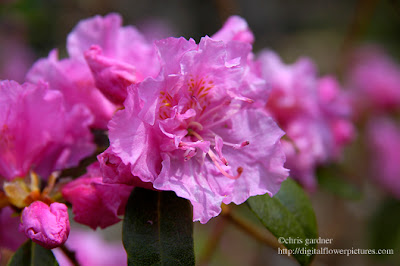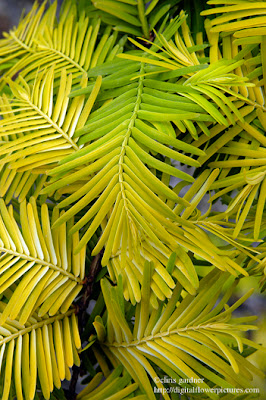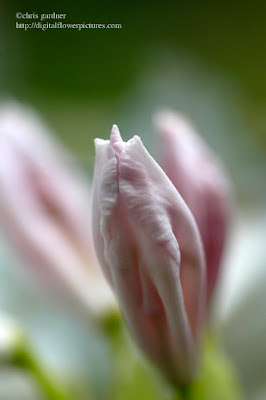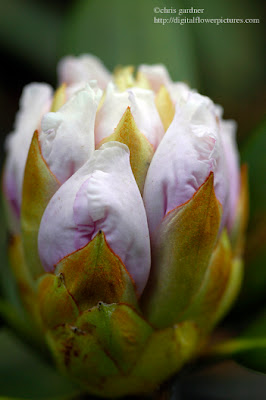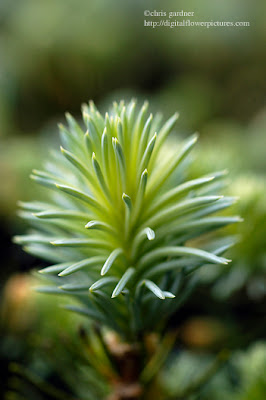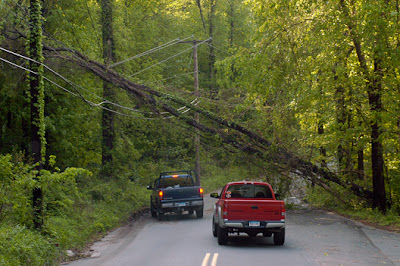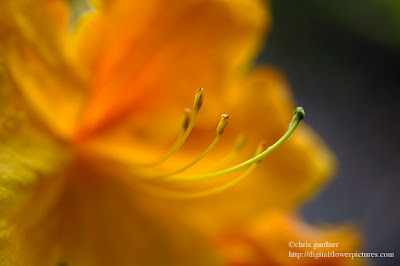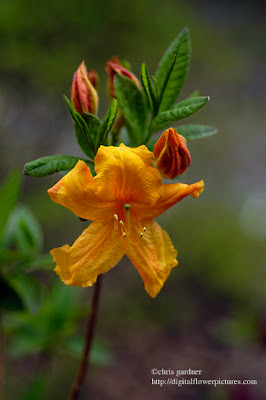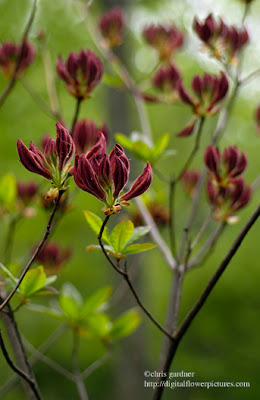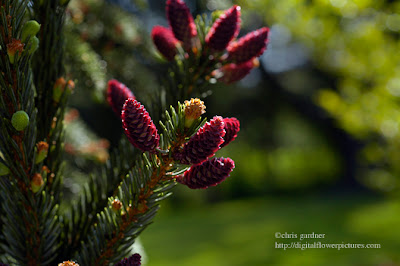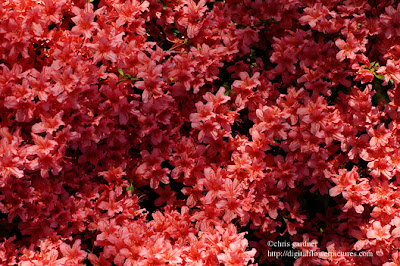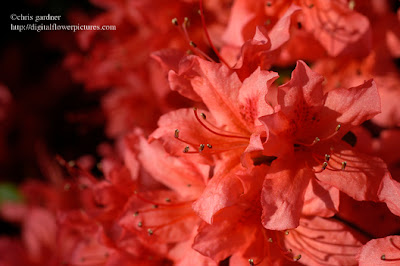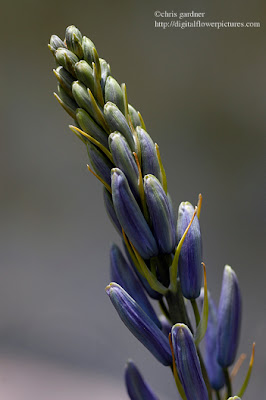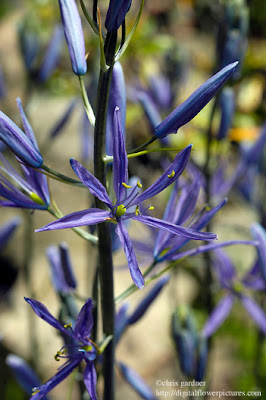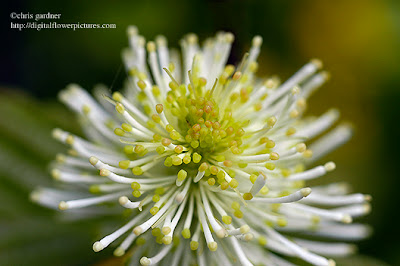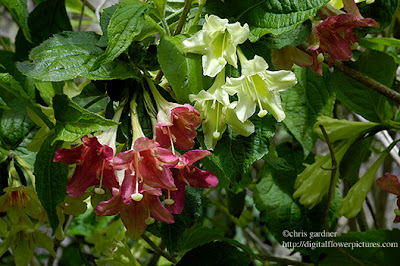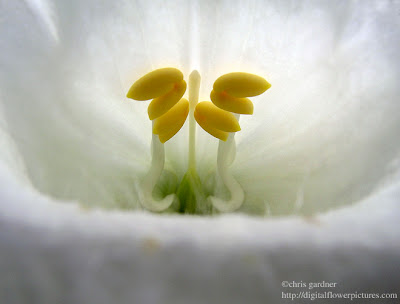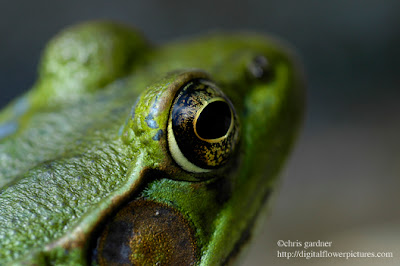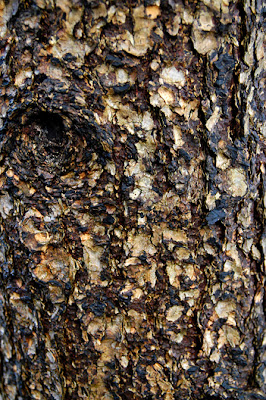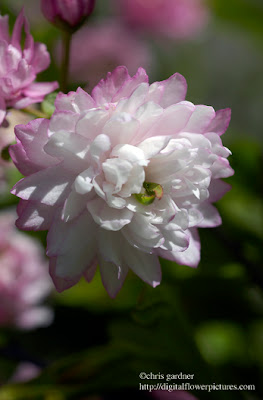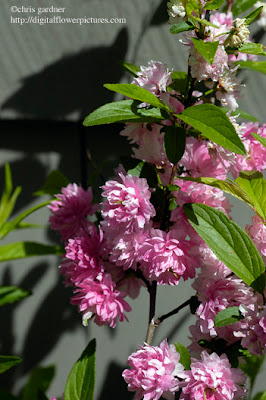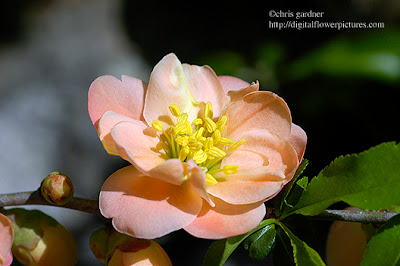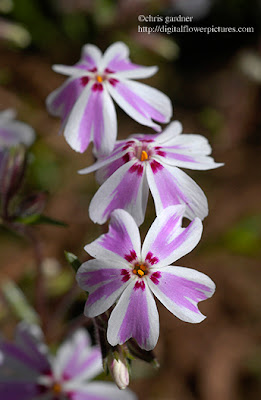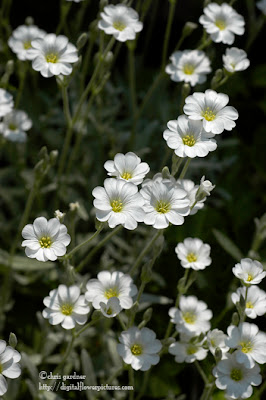
Snow-In-Summer
Cerastium tomentosum
(ker-RAS-tee-um) (toh-men-TOH-sum)
Caryophyllaceae (kar-ree-oh-fil-AY-see-ay)
My little patch of Snow-in –the-Summer returns every year. I don’t know how it grows in the gravelly backfill of a loose stonewall but it does. The gray foliage and white flowers are a real treat this time of year. A few years ago it was looking a little ratty and I cut it back hard and it has been fine ever since. It is planted in a 2 foot by 2 foot pocket above the wall which is very dry. I wasn’t familiar with the Caryophyllaceae family but found out that it is Carnation or Pink family.
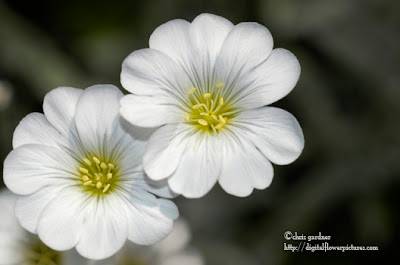
Of course I had to try a closeup. I used the flash on this picture if you can believe that.
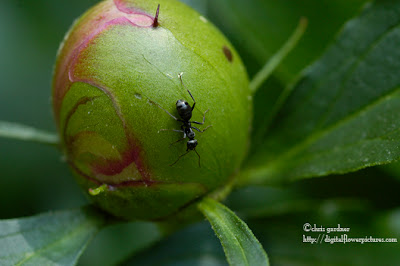
This is a snapshot of a symbiotic relationship. For shots like this I really wish I had the 105mm macro lens. The 60mm Nikkor-Micro is great for flowers but falls a little short on insects. There is some folklore associated with the ant/peony relationship. Some people still believe that the buds won’t open if ants aren’t present. Actually it is a case of mutualism, which is an interaction between two or more species where both species derive benefit (definition courtesy of The Free Dictionary). The ant gets the sugary secretion that the peony exudes and the peony in turn gets protection from other insects that might eat the bud. I am not fond of ants but can tolerate them in this instance. The garden has a large peony planting that looks like it is going to have a couple of hundred flowers, at least. Separately there are a number of cultivars in a kind of collection. I think I got most of them at White Flower Farm. I added a few more from Song Sparrow Nursery a couple of years ago. So that is a lot of ants. It is one of things that occur on a kind of a micro level in the garden so I don’t mind the ants. I do, however, shake the flowers after cutting them for the house.
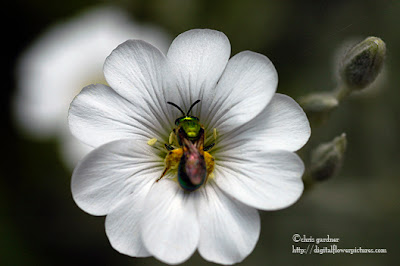
I wasn’t quite quick enough to catch this whole bee in focus, he surprised me. I think it is a specimen of Agapostemon splendens or Green Metallic Sweet Bee.
